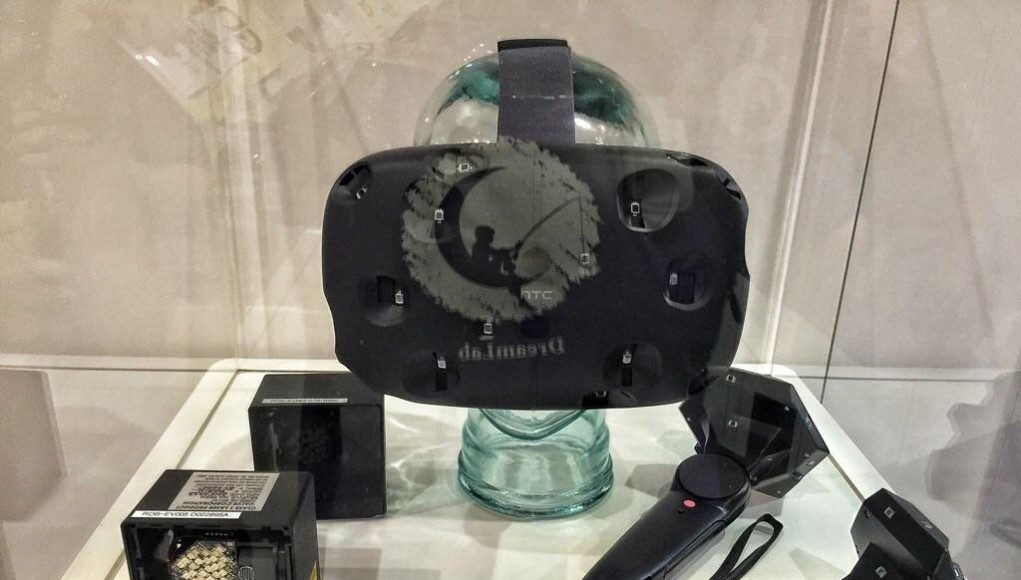
This was easily corrected out using Lightroom's 'Settings : Match Total Exposures' function - and will be prevented in future with the use of the little command wheel 'Lock' switch on the back of the camera. The same develop settings were applied to all images for uniformity, with the only shot-specific adjustments being to correct for an accidental change in exposure around half-way through - the command wheel on the back of the camera got nudged to 2 seconds. I took a fair number of shots from outside the publicly accessible areas, looking back in through the glass - these proved fairly tricky to align relative to the rest of the bulk of the photos due to reflections from the glass boundaries and limited shared coverage.Īs with the outdoors scenes, the camera was set to shoot in RAW format, thus providing a bit more dynamic range to work with and the ability to further tweak shots in Lightroom - processing there was limited to setting a good white balance, tweaking exposure, pulling in shadows and highlights and correcting chromatic aberration and lens vignetting. If in doubt, always take more - especially when transitioning between different areas.Įxample photo in Lightroom, showing most of the development settings. Try not to be too clever about how you capture - it's better to take too many photos than too few. Using a wide angle lens helped ensure at least some coverage for everything - with such a large scene as this, it is easy to accidentally miss things. For various areas (the large metal valve assembly in the centre of the lobby in particular) I took shots from different heights - looking from below, above and in the middle, orbiting around objects to get decent coverage from all angles. I took just over 600 photos, with the camera in portrait orientation - making it easier to capture floor-to-ceiling shots. (Keeping the focus the same across shots also avoids any changes due to focus breathing.)
STEAM VR GAMMA CONTROL MANUAL
Both the zoom ring and focus ring were taped into position to prevent any accidental shifts - the zoom ring at its widest, and the lens set to manual focus at an approximate hyperfocal distance of 1m for maximum depth of field. Image stabilisation was switched off, to stop the lens getting confused into attempting to correct non-existent wobbles.

STEAM VR GAMMA CONTROL ISO
To ensure maximum image sharpness and consistency, a tripod was used - I started with a manual exposure of f/11, 1.6 seconds at ISO 100. The camera I used was again a Canon EOS 7D, this time with the EF-S 17-55mm f/2.8 lens at 17mm. The Advanced Outdoors Photogrammetry tutorial should help you there, and should also act as a good starting point for some of the techniques used here - should you be willing to take the plunge into something much trickier, this tutorial will document the scan and cleanup of the Valve Lobby scene available in SteamVR Home.
STEAM VR GAMMA CONTROL FULL
If you're looking for an initial project, try something lumpy, organic and full of detail - paradoxically, some of the things hardest to model and texture conventionally are the easiest to capture. Featureless, blank painted surfaces, reflections, specularity, the exacting perfection needed to make clean, manufactured surfaces not look distorted and misshapen - even the best source photography will fail to capture everything. Many people choose to capture their own homes as their first photogrammetry projects - without realising that modern, interior architectural scenes can be some of the hardest to scan well.

6.1 Generating New UVs for the High-Poly Mesh.


 0 kommentar(er)
0 kommentar(er)
